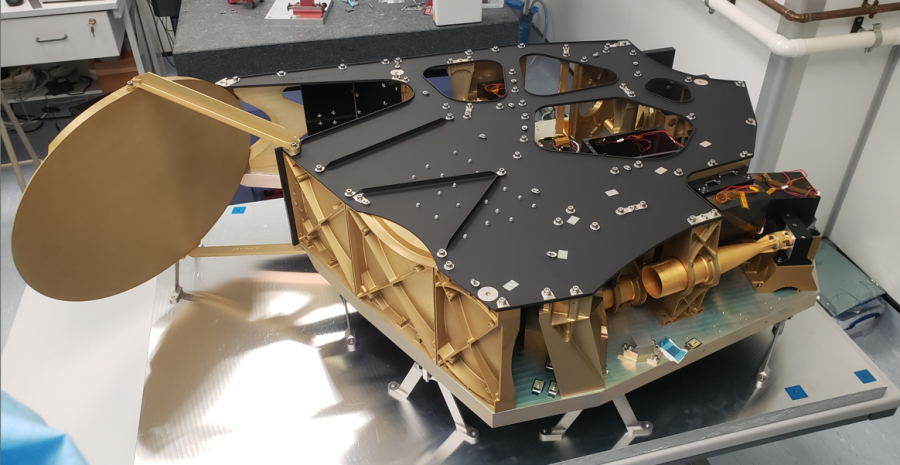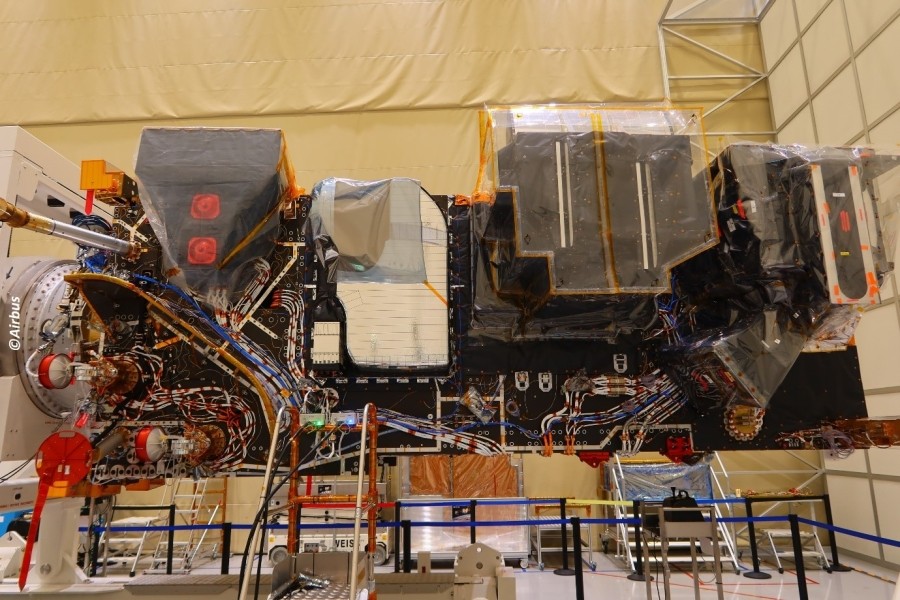Last MetOp-SG Microwave Sounder Quasi-Optical Network delivered to Airbus
In August 2022 we delivered the third and final QON for the Microwave Sounder instrument (MWS). This is part of the ESA/EUMETSAT MetOp Second Generation series of weather satellites. Along with a set of spares this brings some seven years of work (nearly!) to a close.
Huge thanks go to Dr Adam Woodcraft - the MWS QON long serving Project Manager - for delivering this project along with a host of colleagues from TK and our subcontractors.

The QON (Quasi-Optical Network) is the heart of the MWS instrument, collecting radio signals from the atmosphere and routing it to the appropriate receivers (which thankfully are not our responsibility). Almost every component of the QON was manufactured in house from raw materials by TK, the main exception being the dichroics which split different wavelengths of radiation. A key part of the instrument, these unique components were designed and manufactured to exacting requirements by our colleagues in the Astronomical Instrumentation Group at Cardiff University.
Cardiff University also provided antenna pattern measurements while structural and thermal modelling - essential to ensure that the hardware will survive launch and the on-orbit environment - were carried out by our long standing collaborators at Atkins.

MetOp-SG Satellite A. Credit: Airbus: MWS is the silver cover structure slightly to the left of centre
The QON is tightly integrated with the rest of the instrument and required us to work closely with our customer (Airbus Defence and Space) in Portsmouth.
The primary objective of the instrument is to improve the accuracy of weather forecasting by providing information on atmospheric temperature and water vapour profiles in both clear and cloudy conditions. An additional goal is to provide information to aid the understanding of climate change. The first of the three instruments that we have delivered is now integrated with the spacecraft, with the launch expected in 2024. The satellite lifetime is expected to be 7.5 years; the other two (identical) satellites will be launched later on to provide continuous coverage into the 2040's and our hardware has been designed and tested to survive the long term storage that is required.